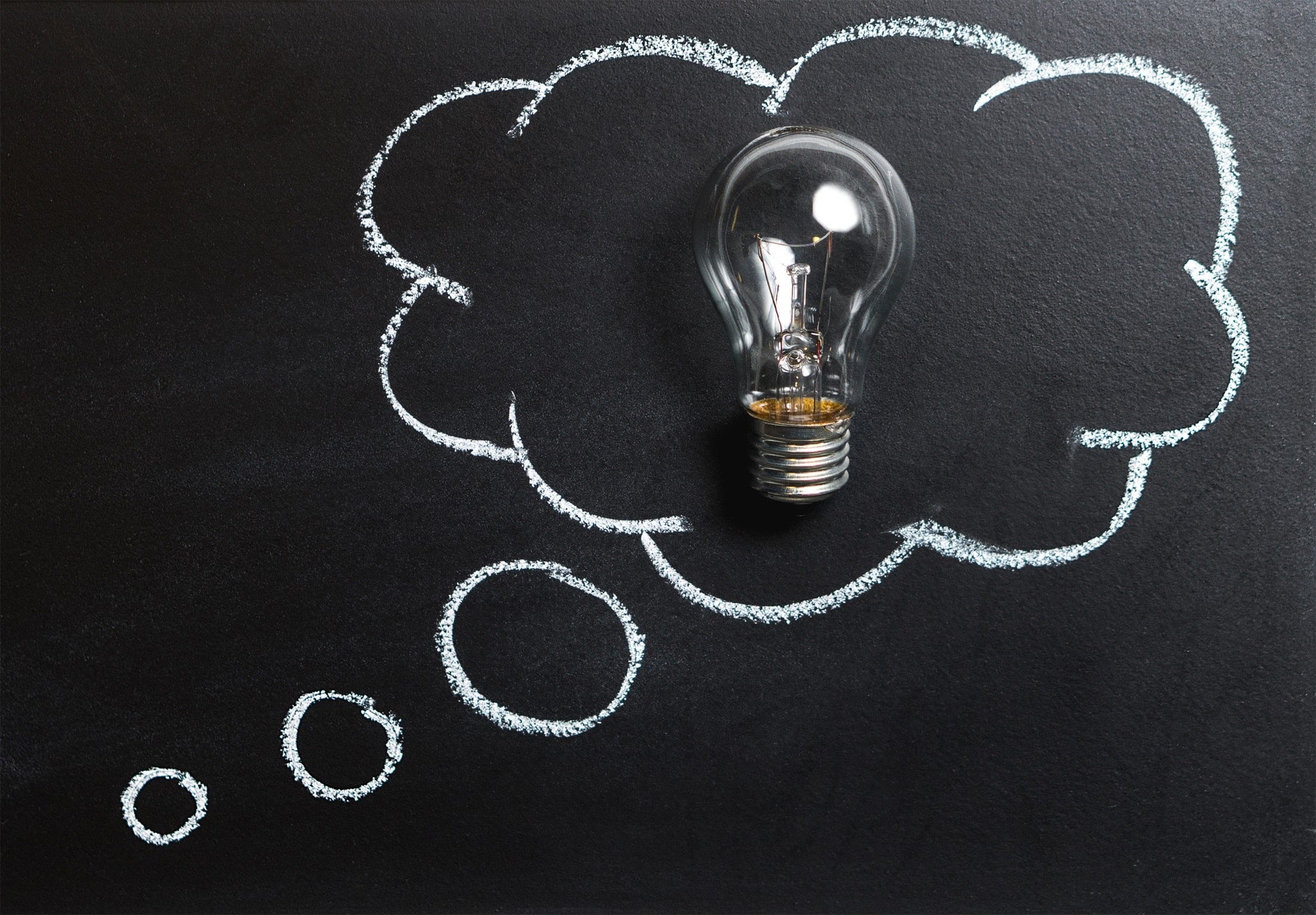Social media and online platforms are full of misinformation and fake news at the best of times so in the midst of a pandemic, the problem only escalates. Conspiracy theories, fake cures and scams abound – myths that 5G causes coronavirus, that COVID-19 is a biochemical weapon released by China, or that drinking bleach can cure infected patients start to circulate like crazy.
The power of social media lies in its ability to spread rapidly so the minute we like, share, or retweet something fake, we’re just amplifying it. We’re also more likely to forward something without thinking when we’re scared or angry because we’re anxious to ‘inform’ or protect someone else.
So now more than ever we need to watch out for fake news. But how to spot what is genuine? And how to stop something going viral?
Check the source
It’s always good to start from a position of scepticism. Ask yourself, is this real? Look to see who is sharing the information and who has published it. Does the language sound heavily biased or sensationalist? Memes on social media should be viewed with caution. They can often look authentic, especially if they feature a public figure and a quote. But double check the facts – did they actually say that, was it even the right era?
Look more closely
Zoom in on a picture to check all the details and confirm whether the location is authentic. Look for shop fronts, billboards, placards, car registration numbers or street signs. Does the language on the signs in the image tally with the location in the headline? Platforms like Google, Bing, TinEye or Yandex enable you to check when an image first appeared on the Internet so you can tell whether it has been taken recently or it is an old picture doing the rounds.
Anything odd?
Only the tech companies can really identify a bot account but there are a few things that may ring alarm bells. None of these on their own will mean it’s an inauthentic account but a few combined begin to look suspicious. So you may see a long string of weird letters and numbers as the handle or username, for example @thedolandld2klht for a fake Donald Trump account. This suggests it has been created by an algorithm. There may be no bio or it may be at odds with the rest of their activity. You can also click on their profile picture and search Google to see if it is genuine or is just a generic stock image. Check through their timeline. Do they post content of their own and engage with other people or do they just keep retweeting content from somewhere else? As a general rule, if you see someone posting 60x times a day on a regular basis, be suspicious.
If in doubt, don’t share!






